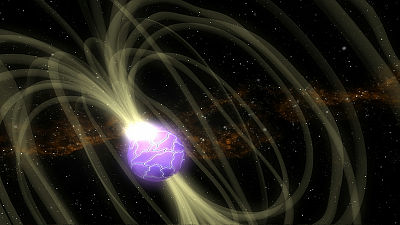It is possible that the Russian nuclear power plant was damaged by clouds containing artificial radioactive material covering over Northern Europe

It has been reported that an artificial
Radioactivity hike seen in northern Europe; source unknown
https://apnews.com/16ce7ced2b5b98974e0cc4437b14bf44
Mysterious radiation spike detected over Scandinavia | Live Science
https://www.livescience.com/spike-in-radioactivity-detected-above-europe.html
The Finnish, Norwegian, and Swedish Radiation and Nuclear Safety Oversight agencies have reported that they have found radioisotopes in small quantities in the clouds flowing over southern Scandinavia and the Arctic Circle to the extent that they have no impact on humans or the environment.
In addition, the Comprehensive Nuclear-Test-Ban Treaty Organization Preparatory Commission Rasshina-Zerubo Secretary-General radiation monitoring sensor of the 'Swedish authorities on Twitter on June 26, is, in Northwest Europe airspace of (CTBTO) cesium 134 , cesium-137 , ruthenium We detected a slight increase of 103. ”
22 /23 June 2020, RN #IMS station SEP63 #Sweden ???????? detected 3isotopes; Cs-134, Cs-137 & Ru-103 associated w/Nuclear fission @ higher[ ]than usual levels (but not harmful for human health).The possible source region in the 72h preceding detection is shown in orange on the map.pic.twitter.com/ZeGsJa21TN
— Lassina Zerbo (@SinaZerbo) June 26, 2020
Furthermore, the Dutch National Institute of Public Health and Environmental Sciences announced on June 26, 2020, 'As a result of analysis of observation data, it was shown that radioactive isotopes are coming from western Russia.' The National Institutes of Public Health and Environmental Studies suggested that radioisotopes were artificial rather than naturally occurring, suggesting that the fuel part of a nuclear power plant may be damaged, but the number of measurements was limited. The location of the radioisotope could not be determined because it is being used.
Nuclear power plants that may have been damaged include the Kola and Leningrad nuclear power plants . In particular, the Leningrad nuclear power plant had four reactors of the same type as the Chernobyl nuclear power plant that caused the accident in 1986, and the deterioration of the facility was a problem.

by Alexey Danichev
However, according to Russian state-owned news agency Itartus , Russian nuclear operator Los Energoatom said, ``The Kora and Leningrad nuclear plants remain unchanged until June 2020. It has nothing to do with an increase in radiation dose.'
This is not the first time that clouds containing radioisotopes have flowed over the Scandinavian region. In 2017, it was reported that ruthenium 106, which was 1000 times the normal level, was detected. At this time, it was speculated that Russia's nuclear reprocessing facility might be the cause, but Russia has denied it.
The Swedish Radiation Safety Agency reported on June 23, 2020, 'It is not possible to confirm what is causing the rapid increase in radiation dose at this time', and where the cloud containing radioisotopes may have come from It is unknown. “We can indicate areas of high potential source, but it is outside the CTBTO's authority to pinpoint the exact source,” Zelvo said on Twitter.
These areotopes are most likely from a civil source.We are able to indicate the likely region of the source, but it's outside the CTBTO's mandate to identify the exact origin.
— Lassina Zerbo (@SinaZerbo) June 26, 2020
Related Posts:
in Note, Posted by log1i_yk







